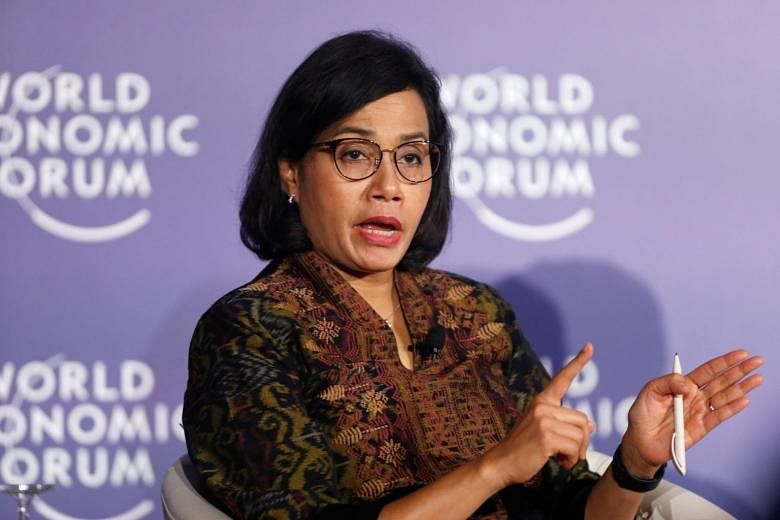Indonesia has adopted a new disaster risk financing and insurance strategy to better cope with the devastating impact of recurrent natural disasters such as the recent major earthquake and tsunami in Central Sulawesi which left more than 2,000 people dead.
Finance Minister Sri Mulyani Indrawati said yesterday that such an integrated strategy was critical to protect public assets and to accelerate recovery in a country where disasters between 2004 and 2013 caused sizeable material losses of around 126.7 trillion rupiah (S$11.5 billion).
Speaking at a discussion during the International Monetary Fund-World Bank meetings, the Indonesian minister disclosed that as part of the new strategy, the government would start insuring government buildings from next year.
World Bank Group president Jim Yong Kim, who also took part in the discussion, said that Indonesia could tap other alternatives for its disaster financing needs such as the Southeast Asia Disaster Risk Insurance Facility which was launched earlier this year in collaboration with Japan.
He said that the Washington-based lender also has a pool of funds available for countries affected by a disaster, including a US$2.5 billion (S$3.46 billion) contingent credit facility.
Mr Kim praised Indonesia's community-centred reconstruction efforts in Aceh following the tsunami in 2004, saying that they were a model for other countries in the world.
He said the communities became "co-creators and active stakeholders" in the rebuilding efforts, and emerged stronger than before.
Indonesia, South-east Asia's largest economy, sits on the Pacific Ring of Fire - a string of volcanoes and sites of seismic activity, or earthquakes, around the edges of the Pacific Ocean. The country is also prone to other natural disasters such as landslides, floods and forest fires.
At present, Indonesia relies heavily on the state budget, particularly a contingency fund of around 3.1 trillion rupiah annually from 2005 to last year to deal with disasters.
But National Disaster Management Agency spokesman Sutopo Purwo Nugroho has described the amount as inadequate.
Indonesian Vice-President Jusuf Kalla, who was also present at the discussion yesterday, noted that an insurance strategy to deal with disasters was timely as the state budget bore a heavy burden for the cost of reconstruction.
"To ease the burden of our state budget, we need to discuss solutions so that our country can have a good system to insure our public assets," he said.
Providing details of the new strategy, a Finance Ministry official told reporters last week that the central government would create a disaster risk financing instrument, managed in an "insurance-type process", which local governments could draw on if their budgets were wiped out because of a natural catastrophe. He added that the central government may re-insure the risks with either global or local insurance players.

